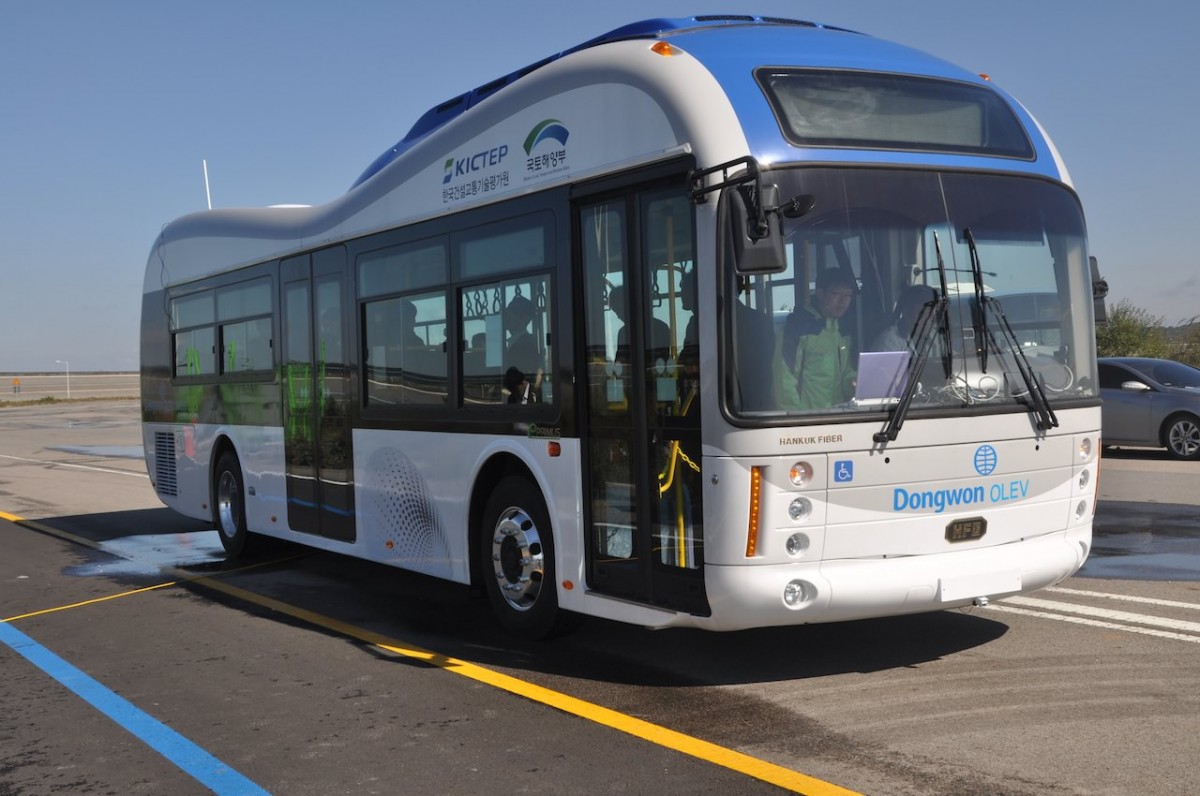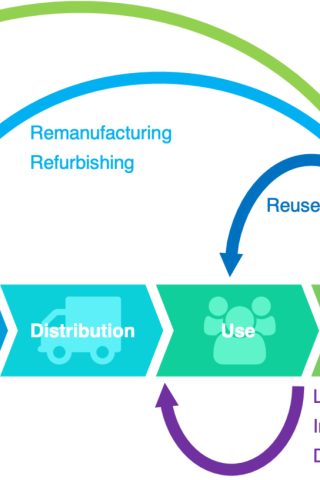BusBank Blog, By Michael Masone May 6, 2020
The CTA has asked that people limit their travel on buses and the L to essential trips only. And, be it a matter more of fear or of civic responsibility, ridership is down 87% from normal levels. In these strange times, a sharp dropoff in ridership is actually a good thing in terms of public health. However, essential workers still need to get where they’re going, and transportation companies still need to avoid financial collapse in order to keep doing just that. One factor that has helped with reduced crowding is the efforts of bus companies.
Buses Helping Everyone Stay Safe
One of the foremost ways that buses are helping is by alleviating the strain on the public transit system. Although ridership is down, there are still a lot of people using public transportation daily. But companies are deploying buses to high ridership areas in order to further mitigate the crowding in public transportation.
These companies are also helping increase general safety in other ways such as by providing thermometers to bus drivers, upping disinfecting schedules, and closing indoor areas to prevent crowding. Some are even offering free fixed-route busing services for medical and emergency personnel.
CTA’s New Practices and Safety Measures
The CTA has reported majorly stepping up their cleaning and disinfecting routines. Not only will their cars and vehicles receive deeper cleans at the end of the day, but they are also now disinfected several times throughout the day.
They’re also making sure to keep their employees safe. With protective equipment made available to the CTA’s employees since the start, including gloves, masks, and sanitizer. Employees have also been given extensive information about the virus in accordance with leading health experts.
Distancing and non-contact measures have also been implemented. Bus drivers are now only operating buses with driver shields and rail operators are working from fully enclosed cabs. Rear-door boarding is also being implemented, allowing for better social distancing practices while boarding and riding buses.
Buses are also implementing crowd management programs. Through the crowd management initiative, bus drivers now have the authority to put a bus into “dropoff only” mode to avoid excess crowding on buses. Operators are instructed to do so if there are 15 or more passengers on a single 40-foot bus or around 22 or more passengers on any of the larger 60-foot articulated buses.
Are They Doing Enough?
There are many who question whether or not enough is being done by the CTA to keep all of those who make use of their transportation network safe. Many of these concerns have been addressed in recent weeks, for example, a transit union spokesperson decried CTA’s lack of safety measures such as rear boarding and waiving faires for buses that don’t have rear pay stations, which are now both practices being implemented by the CTA. But that still begs the question, is enough being done now?
Others are criticizing the bus and train schedules and the so-called “ghost trains” you can see running on the L. With ridership down so much, many trains are riding with very few passengers. It’s not uncommon to look up and be unable to spot anyone on a train at all. So why haven’t they reduced the number of trains and buses running? Well, one reason may be that an uncrowded train isn’t exactly a bad thing these days. It may indeed be a mistake to scale back, even with the financial costs associated with keeping all of the routes running on the same schedule, because it would only increase the density of riders and therefore the risks to the riders. So, believe it or not, these ghost trains might be just the sign we need that the CTA is taking this as seriously as possible.







